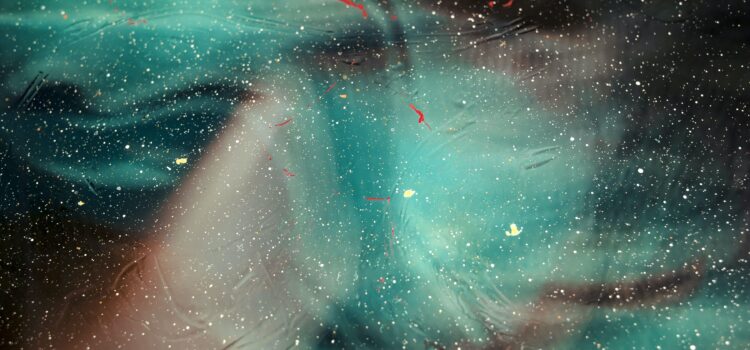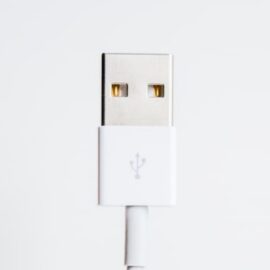

This article is an excerpt from the Shortform summary of "Brain On Fire" by Susannah Cahalan. Shortform has the world's best summaries of books you should be reading.
Like this article? Sign up for a free trial here .
What are the different types of seizures? How does each seizure look different from others?
Different types of seizures are indicative of different conditions. Susannah Cahalan experienced different seizures throughout her illness.
Read more about the different types of seizures and how to tell them apart.
What Are the Different Types of Seizures?
Seizures take many forms. During a tonic-clonic seizure, the victim goes rigid, blacks out, shakes uncontrollably, and foams at the mouth. Susannah’s first seizure was tonic-clonic.
Other seizures, called partials, are more subtle, like bouts of staring, mental fogginess, or repetitive movements. All seizures indicate disturbance somewhere in the brain. Disturbance in the visual cortex produces hallucinations. Disturbance in the motor cortex produces zombielike movements.
Complex partial seizures can produce trance-like states, repetitive mouth movements, and foggy consciousness.
Susannah’s Seizures
While Susannah’s tonic-clonic seizure was instantly recognizable, she had been experiencing other types of seizures since the onset of her illness. Overstimulation of the areas responsible for memory and emotion produce bouts of euphoria, like when she shouted that everything was going to be okay; feelings of confusion at familiar scenes, like the alien bathroom stalls; and sensitivity to light, like the garish colors in Times Square. Some patients report an out-of-body experience, like the one Susannah experienced while smoking on the street.
Seizures can have many causes, such as a tumor, sleep deprivation, and alcohol withdrawal. In Susannah’s case, they indicated a problem at the molecular level in her brain. Untreated, seizures can lead to cognitive defects or death.
Susannah would go on to have many more seizures, but her first seizure marked a division between a period of time she could remember and a month-long stretch of oblivion that she would not be able to recover without the aid of hospital records, her friends, family, doctors, and video recordings made in the hospital.
Her first seizure also separated the onset of the disease, when Susannah was still “herself” in spite of her increasingly uncharacteristic behavior, from full-blown mental illness, when Susannah’s personality, memory, and identity were completely subsumed by her neurological condition. This is one of many different types of seizures.

———End of Preview———
Like what you just read? Read the rest of the world's best summary of Susannah Cahalan's "Brain On Fire" at Shortform .
Here's what you'll find in our full Brain On Fire summary :
- How a high-functioning reporter became virtually disabled within a matter of weeks
- How the author Cahalan recovered through a lengthy process and pieced together what happened to her
- How Cahalan's sickness reveals the many failures of the US healthcare system






